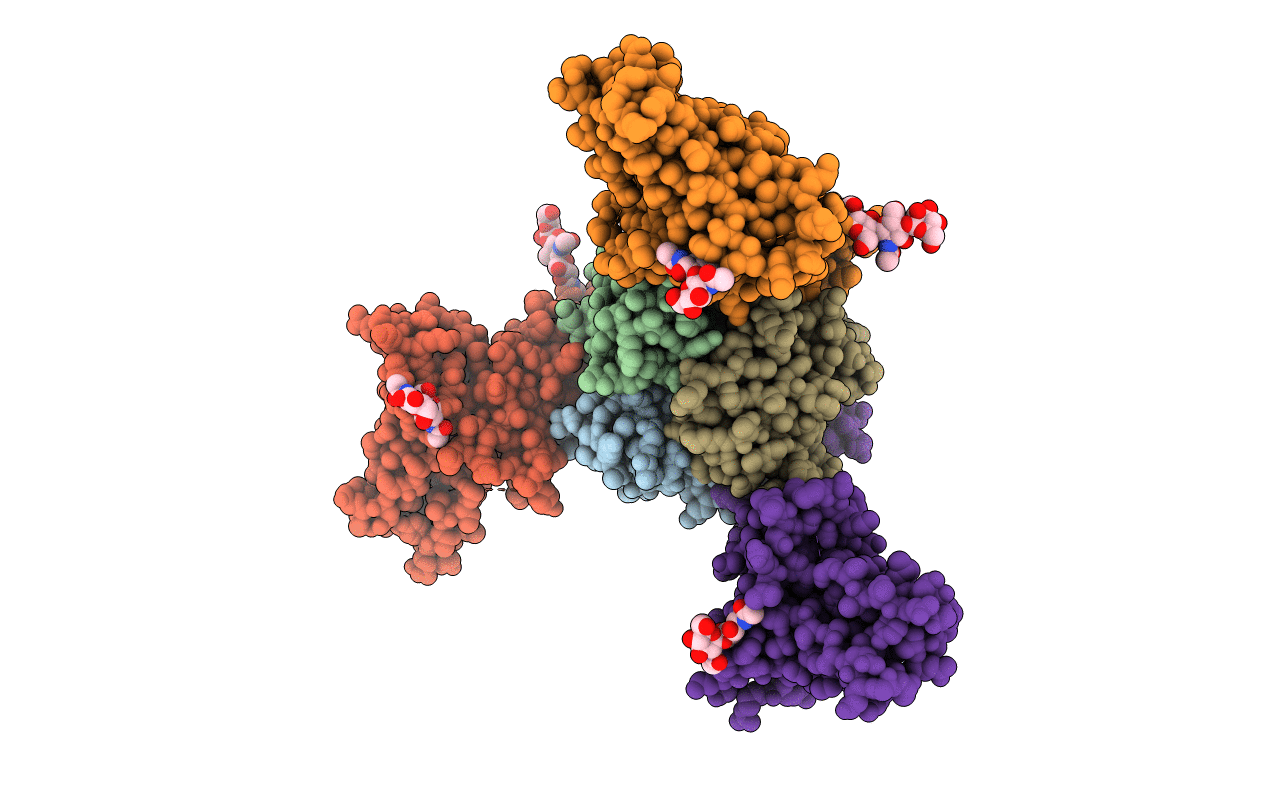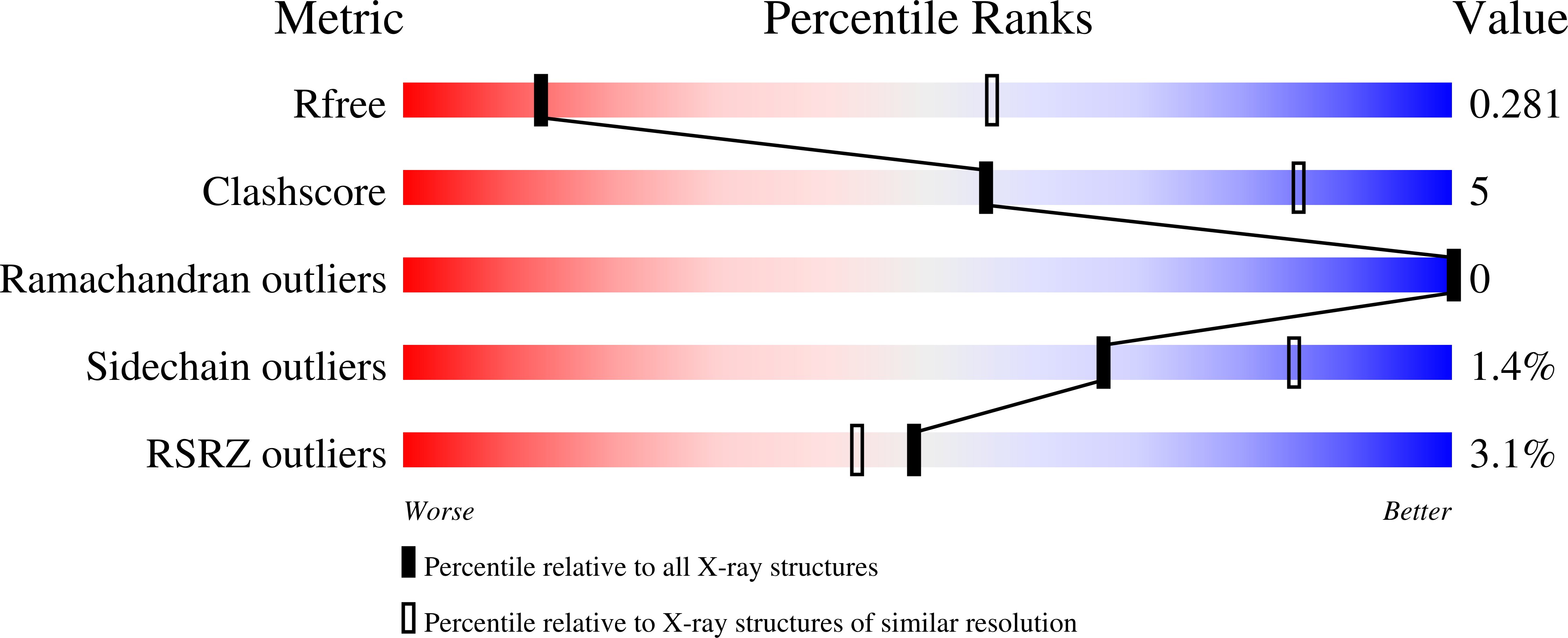
Deposition Date
2021-05-11
Release Date
2021-10-27
Last Version Date
2024-10-30
Entry Detail
PDB ID:
7MSG
Keywords:
Title:
The crystal structure of LIGHT in complex with HVEM and CD160
Biological Source:
Source Organism:
Homo sapiens (Taxon ID: 9606)
Host Organism:
Method Details:
Experimental Method:
Resolution:
3.50 Å
R-Value Free:
0.28
R-Value Work:
0.25
Space Group:
I 2 3


